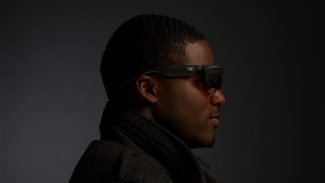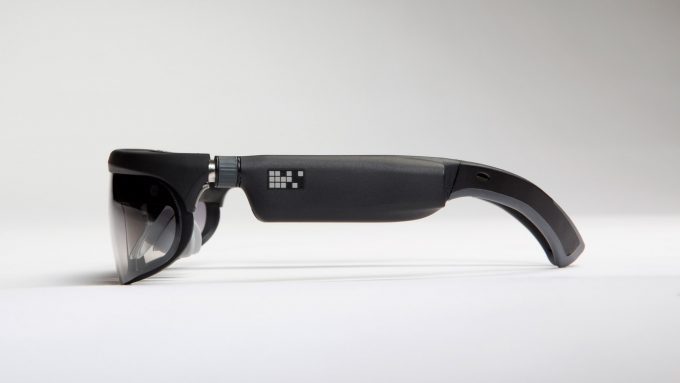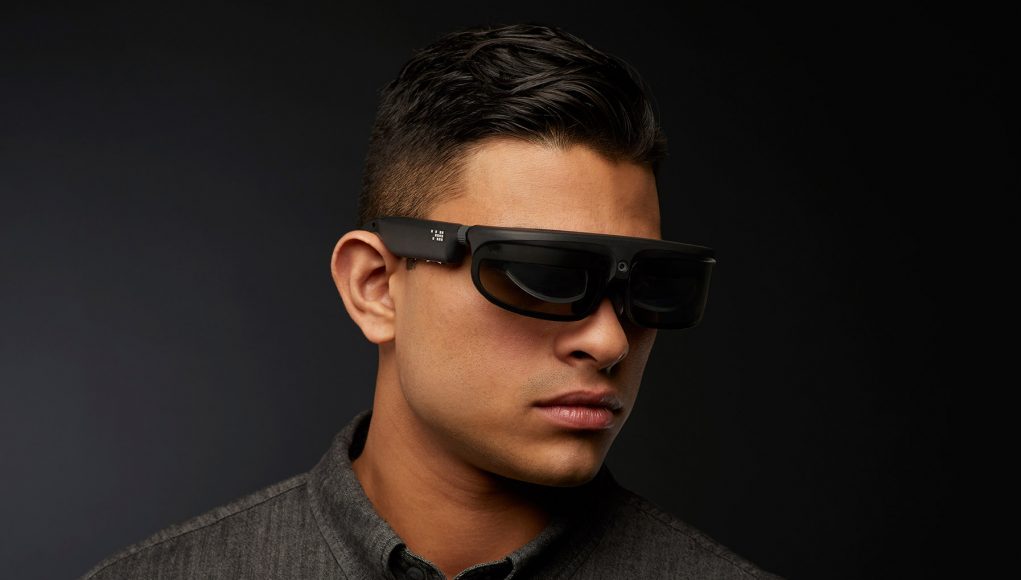Hot off the tail of a $58 million capital raise, ODG today announced two new models of their R-series smartglasses, the R8 and R9, which add positional tracking, an improved field of view, and a closer-to-consumer price point.
ODG calls their new R8 and R9 “Consumer AR Smartglasses,” though with prices at $1,000 and $1,800 and a field of view of 40 degrees and 50 degrees respectively, I’m not sure everyone would agree with that characterization. Regardless, the glasses do represent a firm step toward augmented reality and the consumer market, as both models are said to be equipped with optical-based inside-out positional tracking and are siginificantly cheaper than the R7 predecessor, which was priced at $2,750. It seems the company plans to keep whittling prices down as they look toward consumer adoption.

Both smartglasses are based on Qualcomm’s powerful new Snapdragon 835 mobile processor, which is said to be well equipped for AR and VR use-cases. The glasses will tap into Qualcomm’s Snapdragon VR SDK to achieve positional tracking capabilities; in the past we’ve been impressed with the tracking of Qualcomm’s VR headset reference platform, and we hope to see the same positional tracking quality carry over to ODG’s new smartglasses. However, when we asked ODG how its positional tracking compared to that of HoloLens, we were told that the R8 and R9 weren’t built for the same level of tracking quality as HoloLens, so we’ll have to wait and see how well it stacks up.
Both devices have dual 1080p OLED displays, said to run at 80Hz, that use what the company characterized as a “folded optics approach” to achieving a transparent display. Both smartglasses run ODG’s Android-based ReticleOS, which can run regular Android apps in a legacy mode, but the company says they’re working with partners to show how apps can be expanded beyond the phone paradigm with augmented reality capabilities.

So what’s the difference between the R8 and R9? The more expensive R9 is a bit heavier (at around 6 ounces), has a wider 50 degree field of view, and leans more toward the enterprise and developer sectors. The key feature on the R9 is a special expansion port on top which ODG says taps directly into the headset’s hardware, offering huge potential for customization through aftermarket modules—like UV, night vision, or gesture input cameras—making the R9 the device of choice for niche use-cases. The headset also has a 13MP front-facing camera that’s capable of high-resolution or high-frame rate recording (up to 120FPS at lower resolutions). The R9 will be available first, with development kits launching in Q2 2017.
 At just 4 ounces, and with a somewhat more sleek design, ODG says the less expensive R8 is positioned more toward the early consumer adopter. The 40 degree field of view is only slightly wider than the R7’s 37 degree field of view. One thing the R8 has that the R9 doesn’t is a 1080p stereo camera pair which can capture 3D video. Development kits of the R8 are planned to ship in Q3 2017.
At just 4 ounces, and with a somewhat more sleek design, ODG says the less expensive R8 is positioned more toward the early consumer adopter. The 40 degree field of view is only slightly wider than the R7’s 37 degree field of view. One thing the R8 has that the R9 doesn’t is a 1080p stereo camera pair which can capture 3D video. Development kits of the R8 are planned to ship in Q3 2017.
Input on both devices revolves around buttons and controls on the glasses themselves (similar to Google Glass), as well as an option for phone-based control via an app, and support for Bluetooth accessories like keyboards and a ‘Wiimote-like bluetooth ring controller.







